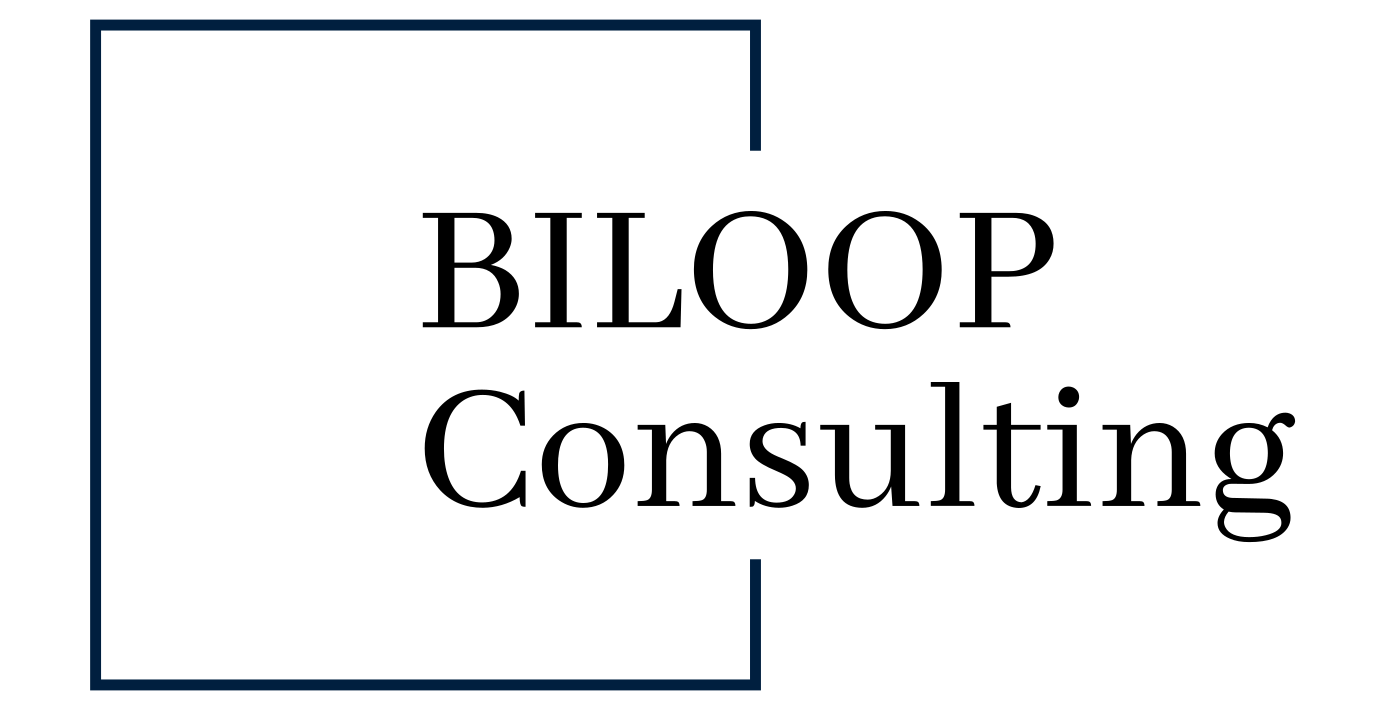Effective leadership is critical to the success of any organization. Alignment—the deliberate coordination of goals, values, and strategies between leaders and employees—plays a central role in this process. This blog explores the key aspects of alignment in leadership and demonstrates how organizations can benefit from it.

Goal-Oriented Objectives and Communication
Alignment begins with the definition of clear goals that are understood, accepted, and implemented by all. Leaders must ensure that:
- Goals are specific, measurable, achievable, ambitious, and time-bound (SMART).
- Communication is transparent, preventing misunderstandings and rumors.
- Regular updates and reviews help renew alignment consistently.
Example: A company that discusses milestones and progress during regular town hall meetings while gathering feedback fosters trust and motivation.
Values-Based Leadership
Corporate values form the foundation for decisions and behaviors. Strong alignment is achieved when:
- Leaders act as role models, embodying the company’s values.
- Employees understand and identify with these values.
- Values are integrated into goals and processes.
Example: Customer-centricity as a corporate value is made evident through clear behavioral guidelines, decision-making practices, and the documentation of results.
Individual Development and Shared Strategy
Every employee has unique strengths and development needs. Alignment in leadership involves situationally aligning these strengths with shared goals:
- Individual development plans help employees maximize their potential.
- Feedback loops based on results (not opinions) create a continuous learning environment.
- Training programs enhance skills that align with organizational objectives.
Example: Leaders who offer regular feedback and demonstrate a results-oriented approach while balancing individual interests with organizational goals significantly enhance strategic implementation.
Consistent Decision-Making
Leaders must ensure that decisions are consistent with organizational goals and values. This builds trust and efficiency:
- Transparent decision-making provides clarity and direction.
- Fostering interdepartmental relationships based on results avoids conflicts.
- Openly communicating successes and failures promotes transparency and a culture of learning.
Example: A review meeting that discusses successes and “lessons learned” (or “failures”) allows teams to evaluate and incorporate experiences into future collaboration.
Motivation and Engagement Through Participation
Employees who are actively involved in decision-making processes are more engaged and motivated. Alignment fosters participation through:
- Opportunities for contributing to relevant decisions.
- Recognition of ideas and contributions.
- Regular dialogue between leadership and teams.
Example: Workshops or innovation sprints where employees develop actionable solutions for specific challenges strengthen team spirit and alignment with corporate strategy.
Conclusion
Alignment in leadership is key to productive and results-oriented collaboration. By focusing on clear goals, values-based leadership, individual development, consistent decision-making, and active participation, organizations create an environment where employees can fully realize their potential. The outcome is the development of a positive corporate culture and improved alignment with strategic goals.

